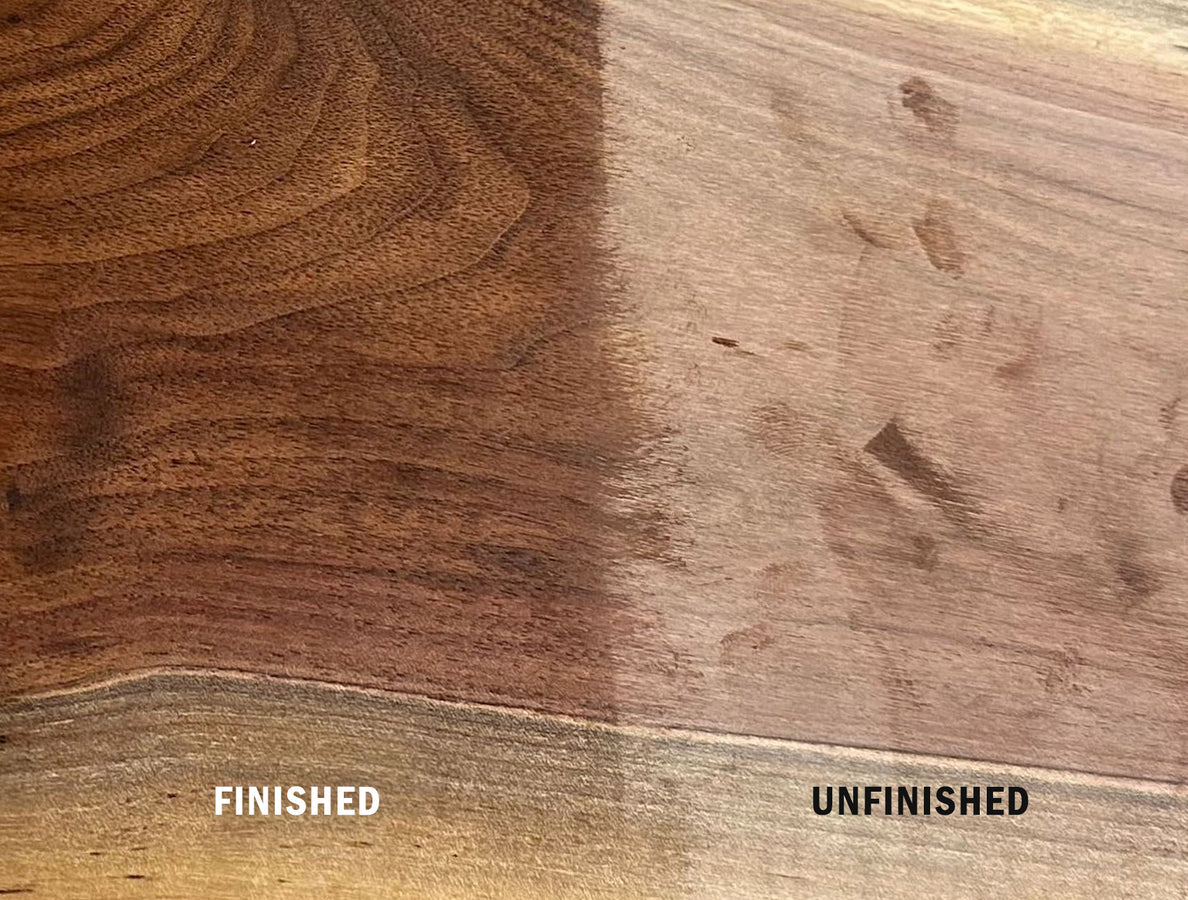If you are a DIY enthusiast or an artist, you may have come across the question of whether you can mix linseed oil and tung oil. Both linseed oil and tung oil are popular choices for finishing wood projects due to their durability and protective qualities. However, mixing these two oils can have varying results, depending on the project and your goals.
Understanding Linseed Oil and Tung Oil
Linseed oil, also known as flaxseed oil, is a natural oil derived from flax seeds. It has been used for centuries as a wood finish due to its ability to penetrate the wood and provide a protective coating. Linseed oil dries slowly and gives wood a warm, amber hue.
Tung oil, on the other hand, is extracted from the seeds of the tung tree. Tung oil is known for its water-resistant properties and dries faster than linseed oil. It provides a clear finish that enhances the natural beauty of the wood.
Can You Mix Linseed Oil and Tung Oil?
While both linseed oil and tung oil can be used individually as wood finishes, mixing them together is not recommended. The main reason for this is that linseed oil and tung oil have different drying times and properties. When mixed, they may not blend well and could lead to an uneven finish.
Additionally, linseed oil and tung oil can react differently with certain types of wood. Mixing them could result in an unpredictable outcome, potentially causing the finish to crack or peel over time.

Credit: www.realmilkpaint.com
Alternatives to Mixing Linseed Oil and Tung Oil
If you are looking to achieve a specific finish or enhance the properties of either linseed oil or tung oil, there are alternative methods you can explore:
- Apply linseed oil as a base coat and tung oil as a topcoat to combine their benefits.
- Experiment with different ratios of linseed oil and tung oil on test pieces to see how they interact.
- Use a pre-mixed finish that combines linseed oil and tung oil for a balanced result.
Benefits of Using Linseed Oil and Tung Oil Separately
While mixing linseed oil and tung oil is not recommended, using them separately can offer a range of benefits for your wood projects:
- Linseed oil provides a deep, rich finish and enhances the natural grain of the wood.
- Tung oil offers excellent water resistance and durability for long-lasting protection.
- Both oils are non-toxic and environmentally friendly options for wood finishing.

Credit: walrusoil.com
Conclusion
In conclusion, while linseed oil and tung oil are both excellent choices for finishing wood projects, it is best to use them separately rather than mix them together. By understanding the properties of each oil and how they interact with wood, you can achieve the desired finish for your projects without compromising quality.
Experimenting with different application methods and ratios can help you customize the finish to suit your needs while preserving the integrity of the wood. Whether you prefer the warmth of linseed oil or the durability of tung oil, each oil offers unique benefits that can enhance the beauty and longevity of your wood projects.


